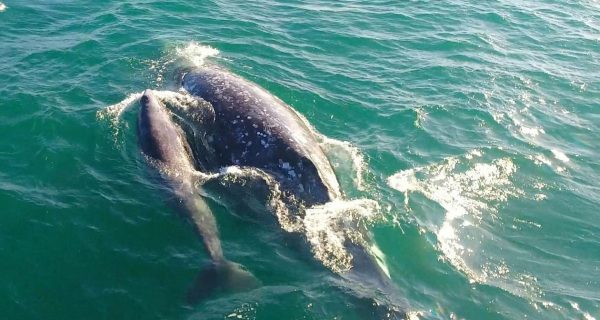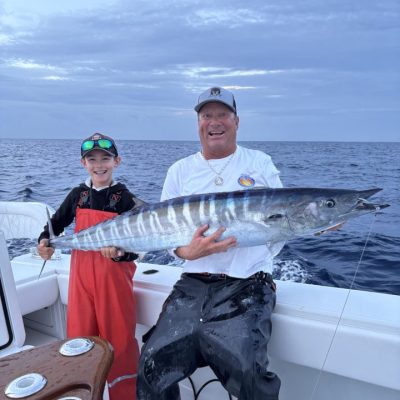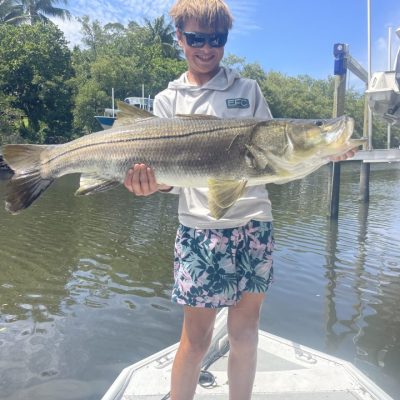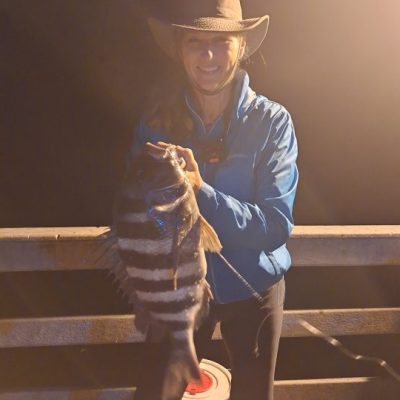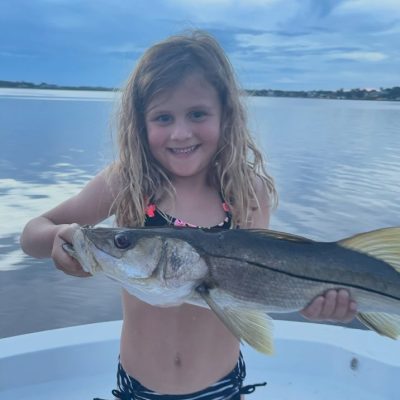Conservation
Environmental and waterway news.
Latest in Conservation
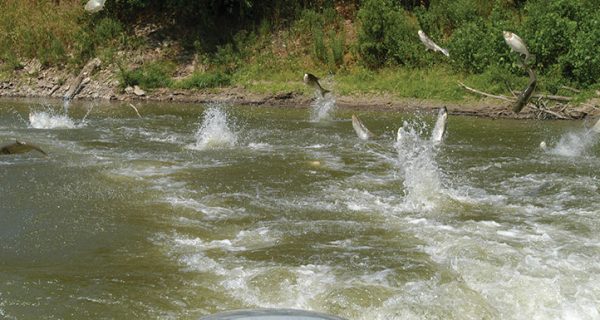
Michigan Offering a Million Dollars to Stop Asian Carp
The Michigan DNR has put out a call to the public, offering $1 million for the best proposal to stop invasive Asian carp from reaching the Great Lakes.
Gone Coastal: Fishing Line And Tackle Disposal
When left in the aquatic environment, fishing line and tackle create possible traps for wildlife that can become entangled, leading to injury or death.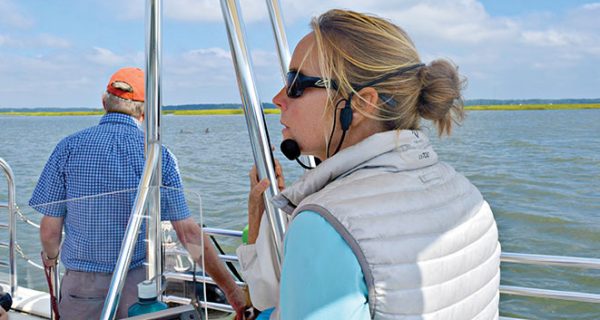
Protecting the South Carolina Salt Marsh
By Aileen Goldstein: Her office is a 200,000-acre salt marsh estuary. Her company vehicle is a 25-foot, flat-bottomed boat. Her …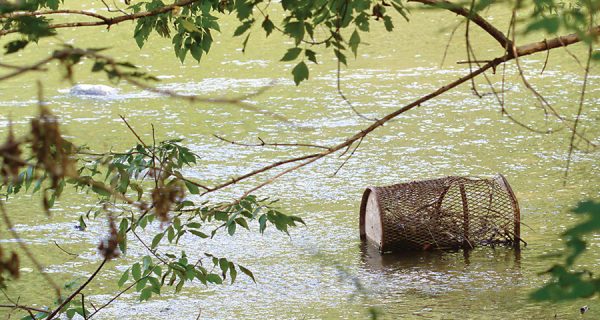
Florida Trash Tour Begins March 25 at Cedar Key
The Coastal Conservation Association and Swamp Head Brewery are teaming up for the 2017 Florida Trash Tour, a series of tournament-style trash round ups.
B.A.S.S. Calls Anti-Lead Edict Anti-Fishing
On the day before President Obama left office, the FWS issued a ban on lead fishing tackle and ammunition from hundreds of thousands of acres of land and water.